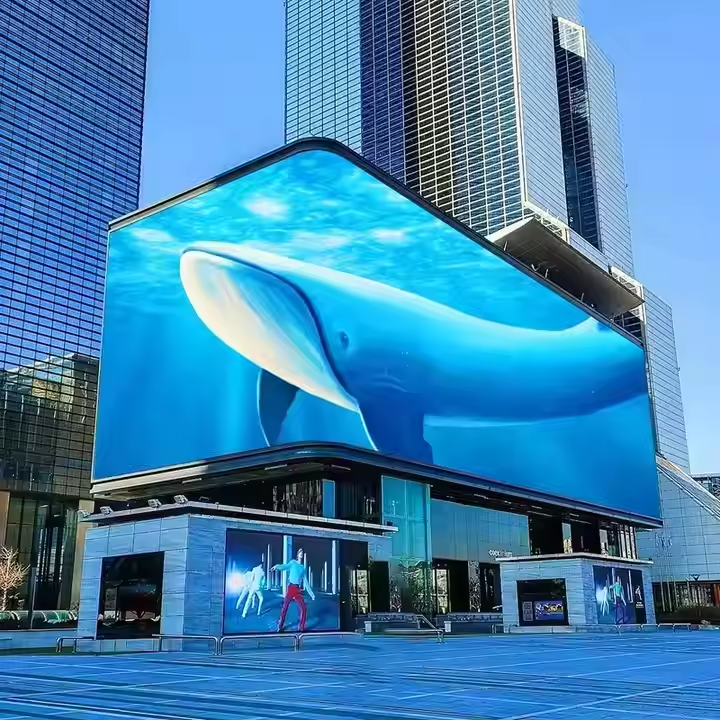
3D LED screens create immersive visual experiences through stereoscopic display technology, using polarized or active shutter systems to generate depth perception. Specialized LED panels with high refresh rates (120Hz+) and precise frame timing enable seamless 3D content display, while integrated 3D controllers manage left/right eye image separation. Curved 3D screens enhance immersion, often used in planetariums, theme park attractions, and product launch events. Autostereoscopic 3D screens (no glasses required) use lenticular lenses to direct images to different viewing zones, though typically at lower resolutions (P4+). Technical challenges include color uniformity across viewing angles and reducing crosstalk (image ghosting), addressed through advanced calibration algorithms and hardware synchronization.
